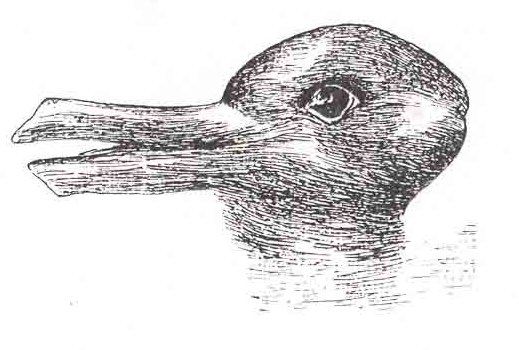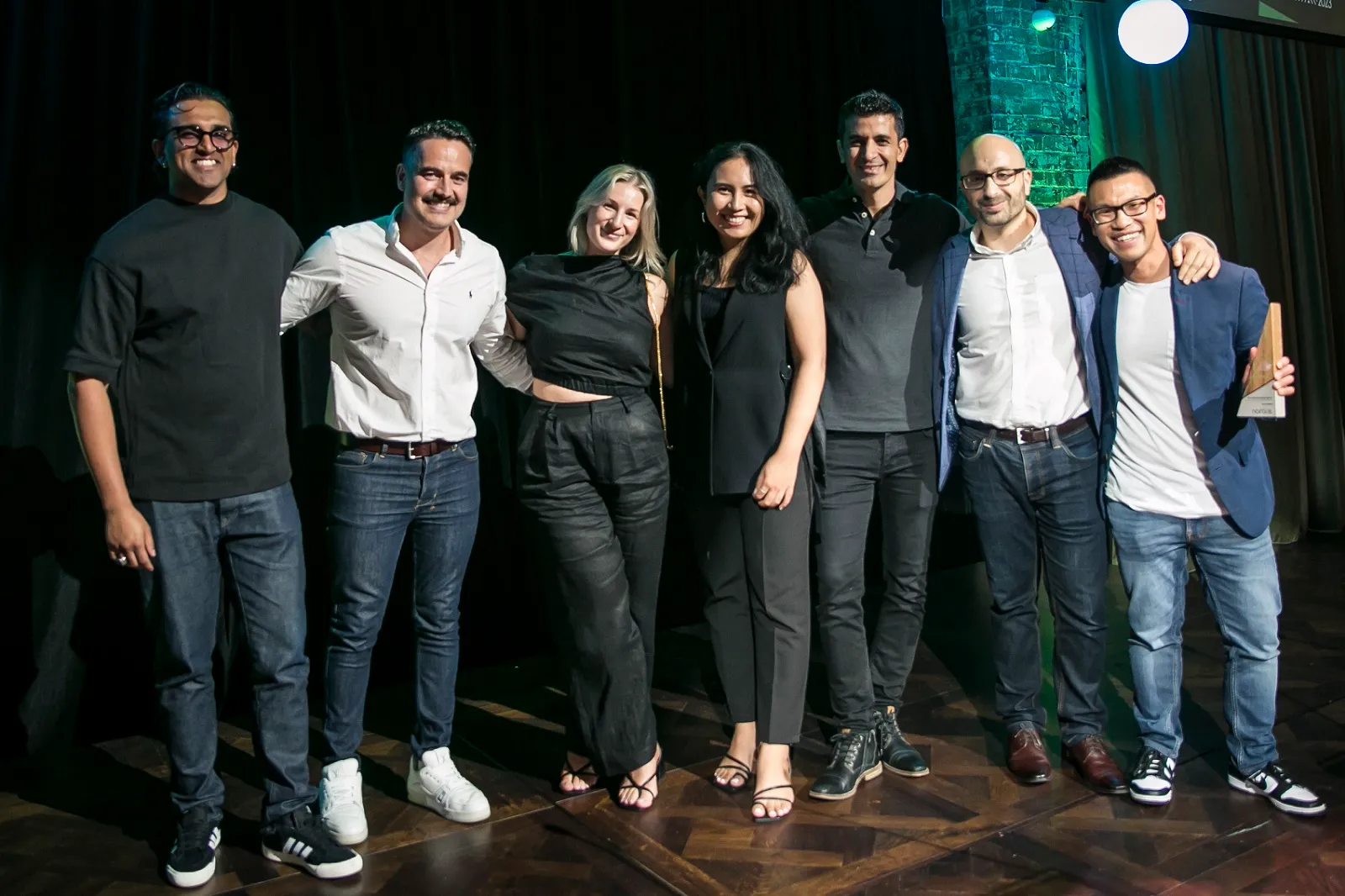– Mal Chia, Co-Founding Director Ecom Nation
First published in 1892 in Fliegende Blätter, a German humour magazine, the rabbit duck is one of the world’s most famous optical illusions. Chances are the first animal you see is a duck, but very quickly you also see a rabbit. So the answer to which animal it is, is both.
This is very much like the world of marketing attribution.
When Google Analytics first burst onto the scene 17 years ago, it ushered in a new era of online measurement that was not possible on any medium. Suddenly we were able to measure the impact of every click to our websites, whether they signed up to your newsletter or checked out, and what brought them there.
This is where last-click attribution really started gathering steam and we became obsessed with performance marketing. Suddenly we were able to see which campaigns were delivering the highest return on investment and could shift around budgets and optimise campaigns on the fly in ways we never could before.
This is the default attribution model which Google Ads and Google Analytics uses and is generally regarded as the standard.
The flip of last-click attribution then is first-click click (for the sake of this post I’m going to ignore view-through conversion windows) which is basically the opposite. So rather than attributing based on the last website or ad a user clicked before they bought, first-click attributes the conversion to what brought someone there in the first place.
The Meta Advertising Universe (Facebook, Instagram, Whatsapp) uses a 7-day click window by default which means if a user clicks on an ad, as long as they convert in the next 7-days then the ad will get the credit.
Contrast that with Google Ads and Google Analytics which gives credit to the final touch.
If your Facebook Ads are reporting a 5 ROAS, chances are in Google Analytics, it’s much, much lower than that (Can’t actually measure Facebook Ads in GA? Try adding UTM parameters to your links). Matter of fact, if you only looked at GA to measure Meta, TikTok, Criteo, etc. you’d probably take all that money and put it into Google Ads instead.
(I won’t even get into the fact that due to limitations of the Facebook tracking pixel, client-side tracking and other wonders, you’re likely not capturing 100% of data)
So which one is right? The answer – much like the duck rabbit – is about perspective.
Taken from their particular way of looking at the world, both of them are. The confusion comes with how to reconcile them or decide when to use each one.
You can’t use them interchangeably. If you’re reporting on channels using last-click, don’t throw in a first-click measurement. It’s misleading and it’s wrong.







